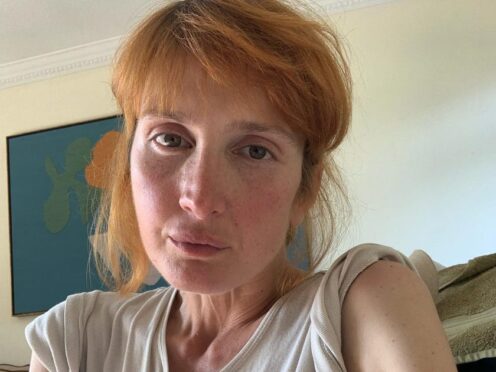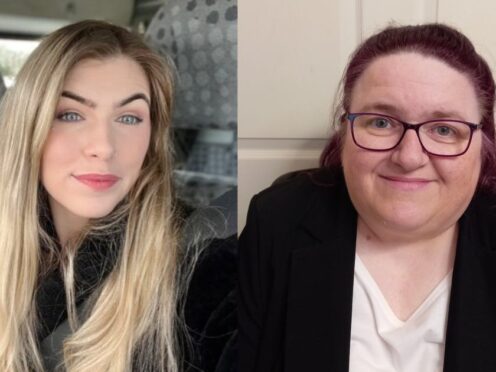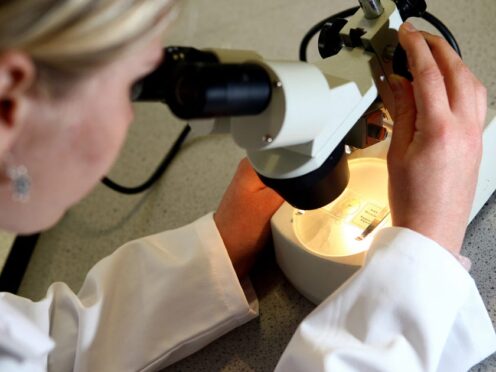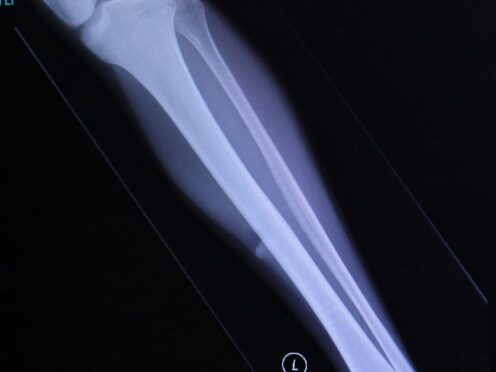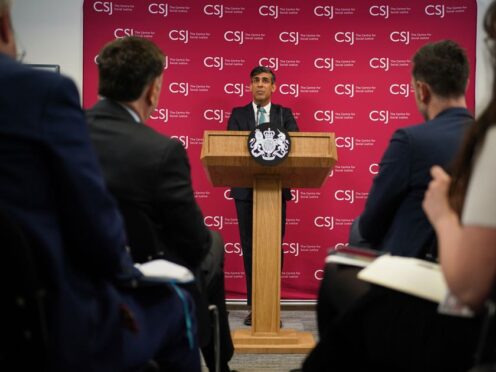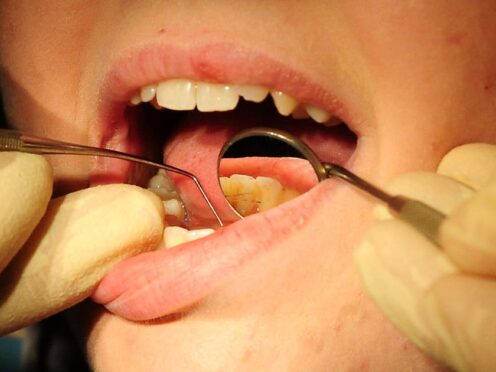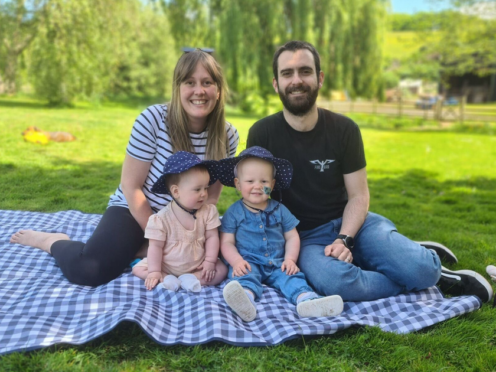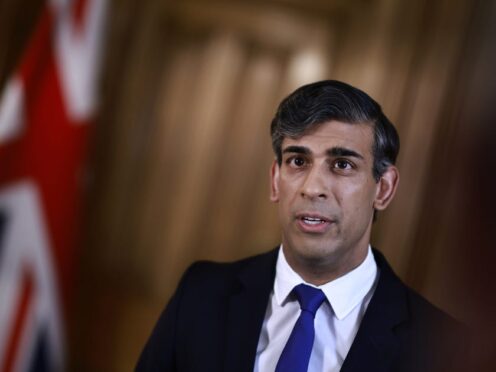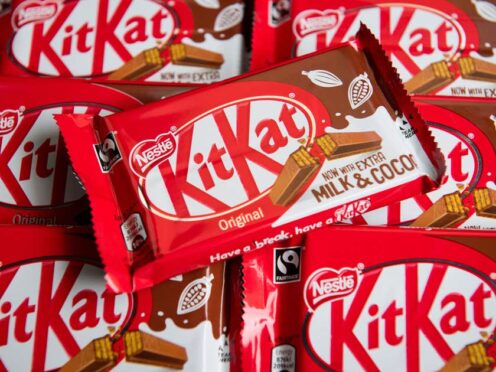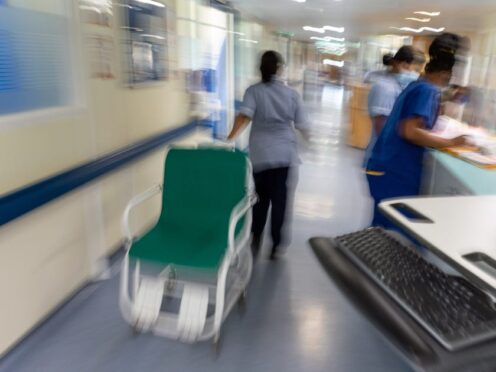A nurse feared she had suffered a stroke after waking up and discovering her face was paralysed.
New mum Ruth Ferguson woke up one morning this month suffering from partial facial paralysis, neck and head pain and speech problems.
She initially feared she had suffered a stroke, but was diagnosed with Bell’s palsy – a relatively rare condition which causes temporary weakness or paralysis of the muscles in one side of the face.
Now Mrs Ferguson, who lives in Skye, has made a video to raise awareness of the condition – and has already had hundreds of responses from as far afield as the US.
The 31-year-old high dependency nurse, who gave birth to her first child Zander 11 weeks ago, was suddenly struck by the condition eight days ago.
In a video log, she defiantly says she will not let the condition get to her.
She tells her viewers: “This is not to say all sufferers have the same symptoms as me, but getting treatment started within 72 hours is the main thing I want to share, as it could happen to anyone unexpectedly as it did to me.
“I have probably stupidly – but, in my head, bravely – made this post public, so please feel free to share this and spread the word.”
And several hundred people instantly did.
Speaking at her Portree home yesterday, Mrs Ferguson said she was overwhelmed by messages of support.
“I’ve been told the best-case scenario is that I’ll be fully recovered within six weeks. The worst-case scenario is no improvement within a year and permanent damage to my affected eye and affected side of the face.”
Mrs Ferguson, currently on maternity leave, has been treated with steroids.
She said she was keen to spread awareness because, as a nurse, she had heard of Bell’s palsy but previously knew nothing of its effects.
She is due to see a specialist later this week at Raigmore Hospital in Inverness, where she works.
To view her blog, visit www.facebook.com/ruth.alexander.330
WHAT IS BELL’S PALSY?
Bell’s palsy causes temporary weakness or paralysis of the muscles in one side of the face.
It is the most common cause of facial paralysis.
The symptoms vary from person to person. The weakness on one side of the face can be described as either partial palsy (mild muscle weakness) or complete palsy (no movement, which is rare).
It can affect the eyelid and mouth, making it difficult to close and open them. In rare cases, it can affect both sides of a person’s face.
As well as being a symptom of Bell’s palsy, facial weakness or paralysis can also be a sign of a more serious condition such as a stroke.
The advice to sufferers is to visit their nearest accident and emergency department immediately or call 999 for an ambulance, so a doctor can determine the cause.
Bell’s palsy is only diagnosed if other possible causes of your symptoms are ruled out.
It is believed to occur when the nerve that controls facial muscles becomes compressed.
The exact cause is unknown, although it’s thought to be because the facial nerve becomes inflamed, possibly due to a viral infection.
It is considered rare, affecting about one in 5,000 people a year, generally aged 15-60.
It is more common in pregnant women and people with diabetes and HIV, for reasons that are not yet fully understood.
About 70% of victims make a complete recovery, with or without treatment.
